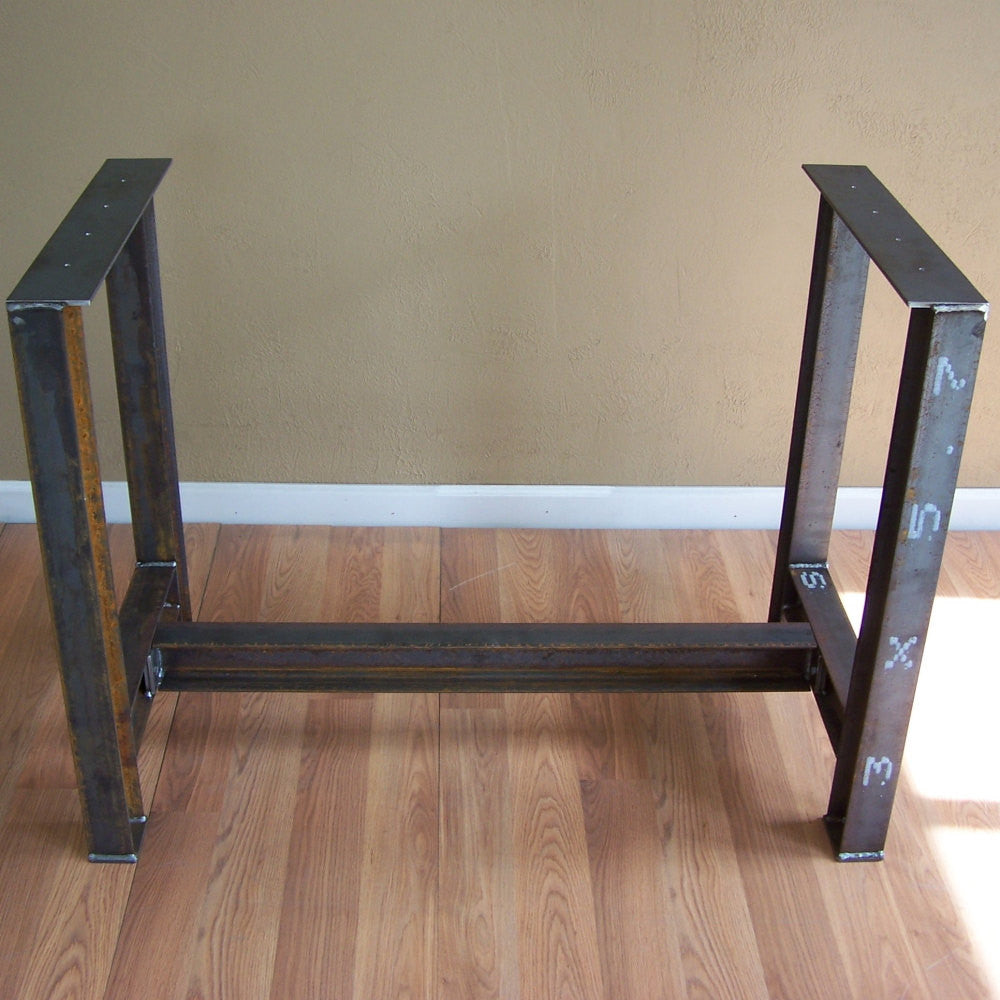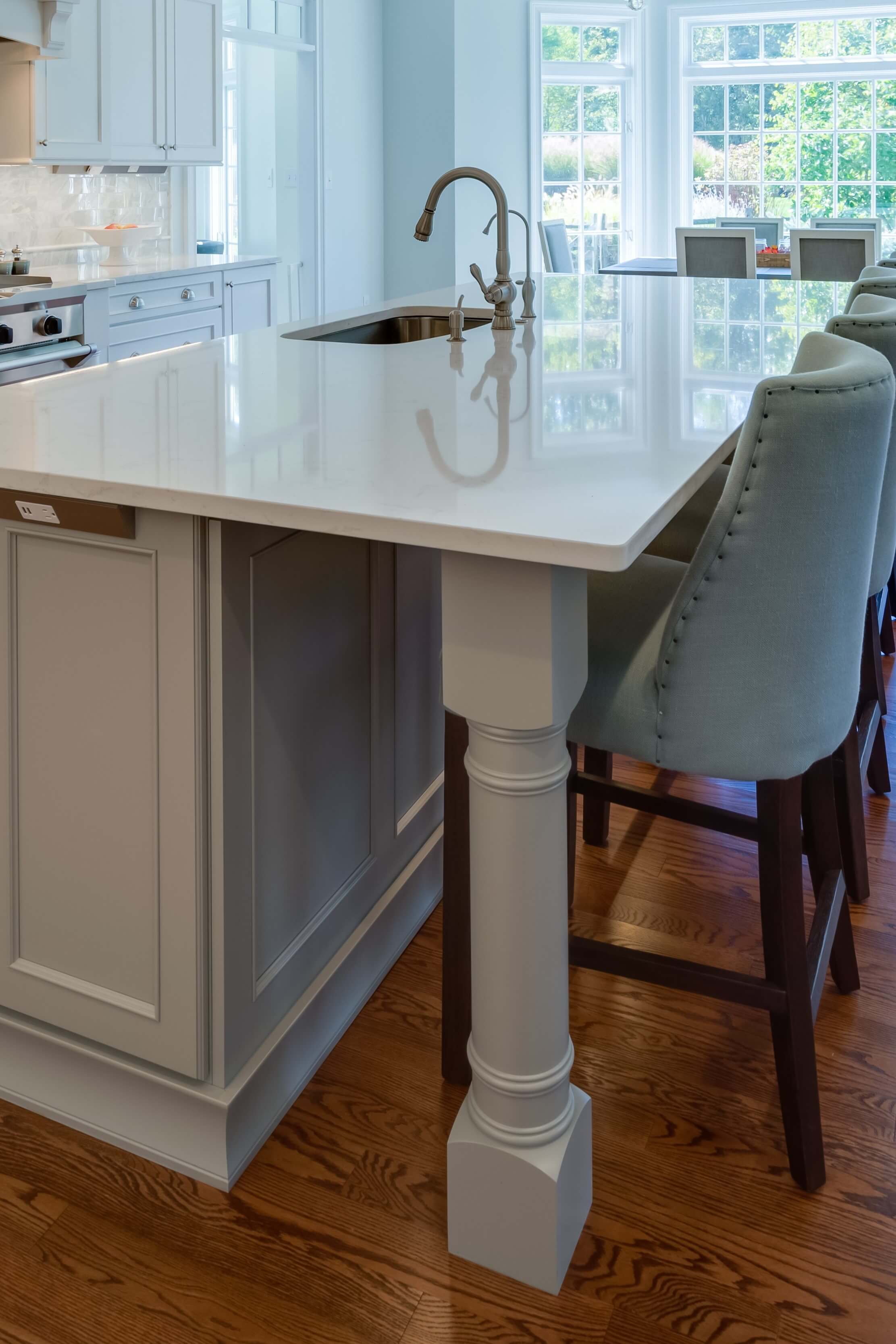Boost Performance and Design Using High Quality Legs For Kitchen Island
Boost Performance and Design Using High Quality Legs For Kitchen Island
Blog Article
A Guide to Picking the Perfect Legs For Kitchen Island for Your Home
Selecting the perfect legs for your kitchen island is a nuanced choice that impacts both the functionality and visual charm of this central space. As you consider these aspects, it ends up being obvious that the ideal legs can transform not only the appearance of your cooking area yet likewise its functionality for years to come.

Comprehending Cooking Area Island Legs
When choosing legs for a cooking area island, it's necessary to understand their visual and useful functions in the total design. The legs offer as a crucial support system, making certain stability and longevity for the island, which frequently operates as a workspace, dining area, or collecting place. For that reason, the selection of product and construction method have to be robust sufficient to withstand daily use and possible wear.
In addition to their structural obligations, legs add dramatically to the island's aesthetic appeal. They can enhance the kitchen area's style, whether with standard, modern, or diverse layouts. The elevation and percentage of the legs are additionally essential considerations; they must harmonize with the island's countertop height while ensuring comfortable seating for those using the room.
Moreover, the leg layout can affect the overall flow of the kitchen area. Open, airy leg styles can create a feeling of agility, while strong, significant legs might communicate a more grounded and secure visual - Legs For Kitchen Island. Recognizing these practical and visual elements will guide homeowners in making educated options that enhance their cooking area's style and improve its usability
Popular Styles and Products
The choice of legs for a cooking area island encompasses a range of prominent styles and products, each offering unique attributes that can enhance both capability and visual appeals. Among one of the most sought-after styles are modern, rustic, and standard. Contemporary legs usually include sleek, minimal styles that emphasize simpleness and tidy lines, making them optimal for modern cooking areas. Rustic styles, on the other hand, welcome natural environments and typically showcase redeemed wood or troubled surfaces, including warmth and charm to the space. Standard legs normally exhibit luxuriant information and craftsmanship, boosting classic kitchen area designs.

Height and Stability Considerations

The legs of the cooking area island ought to give ample support, making certain that the structure can hold up against daily usage without moving or wobbling. Product selection plays a substantial duty in security; steel legs, for circumstances, often tend to supply higher stamina contrasted to wood.
Matching Your Kitchen Area Visual
Selecting the appropriate legs for your kitchen area island exceeds functionality; it also plays a substantial role in the general aesthetic of the area. When selecting legs, consider the design style of your kitchen area. For a modern appearance, streamlined metal or minimalist styles can develop a tidy, modern vibe. On the other hand, rustic or traditional kitchens usually benefit from useful site wooden legs with elaborate outlining or a troubled finish, improving warmth and character.
Shade is an additional essential aspect. Legs that enhance or comparison with your island's surface area and bordering cabinets can produce aesthetic harmony or striking prime focus. For example, combining dark timber legs with a light marble countertop can add deepness and rate of interest. Furthermore, take into consideration the finish of the legs; matte, glossy, or distinctive surfaces can significantly affect the overall feel of the kitchen area.
Installation and Maintenance Tips
Mounting cooking area island legs needs careful interest to detail to guarantee both security and aesthetic allure. Utilize a stud finder to locate wall studs if you are affixing the legs to a wall or making use of braces for included support.
When securing the legs, make use of top notch screws and, if required, wood glue for extra strength. For steel legs, make sure that you are making use of suitable supports and tools to stop damages to your floor covering. It is advisable to examine for levelness after setup, making modifications as needed to prevent wobbling.
Tidy the legs with a suitable cleaner, preventing rough products that may scrape the surface. By adhering to these installment and upkeep ideas, you can guarantee that your kitchen area island legs remain both aesthetically appealing and functional.
Verdict
In verdict, choosing the suitable legs More Bonuses for a kitchen island demands cautious consideration of height, security, and aesthetic compatibility. By choosing ideal materials and styles that straighten with the general kitchen layout, performance can be enhanced while keeping visual charm. Correct installment and continuous upkeep additionally add to the this page sturdiness and longevity of the cooking area island. Ultimately, thoughtful leg option plays a vital function in boosting both the functionality and layout of the kitchen area space.
When picking legs for a kitchen island, it's necessary to understand their useful and aesthetic duties in the general design. Open, airy leg designs can create a sense of agility, while strong, considerable legs might share a much more based and secure aesthetic. The legs of the kitchen area island need to provide sufficient assistance, guaranteeing that the framework can hold up against daily usage without moving or tottering.Mounting kitchen island legs requires cautious interest to information to make certain both stability and aesthetic appeal.In final thought, choosing the proper legs for a cooking area island demands careful consideration of height, stability, and aesthetic compatibility.
Report this page